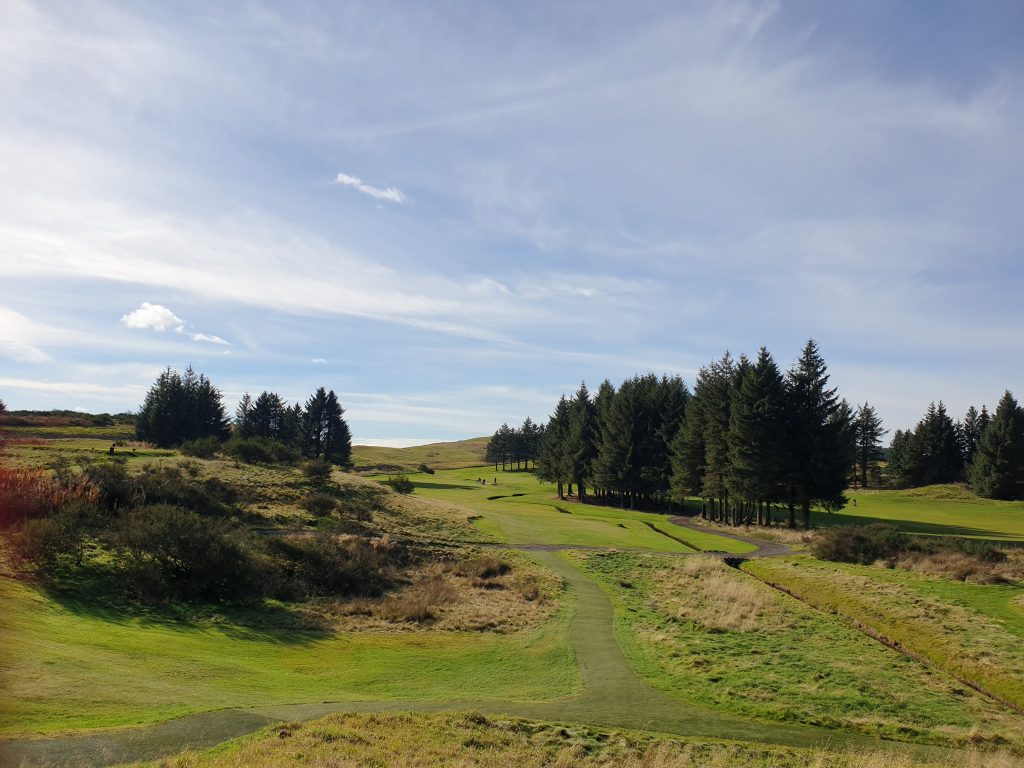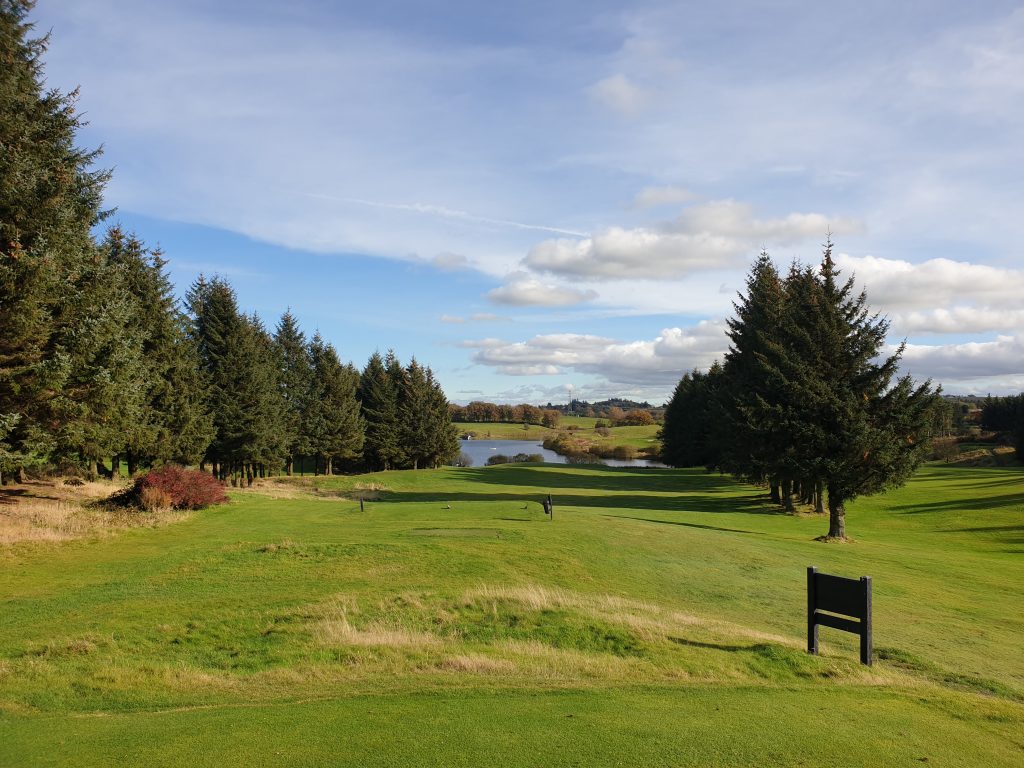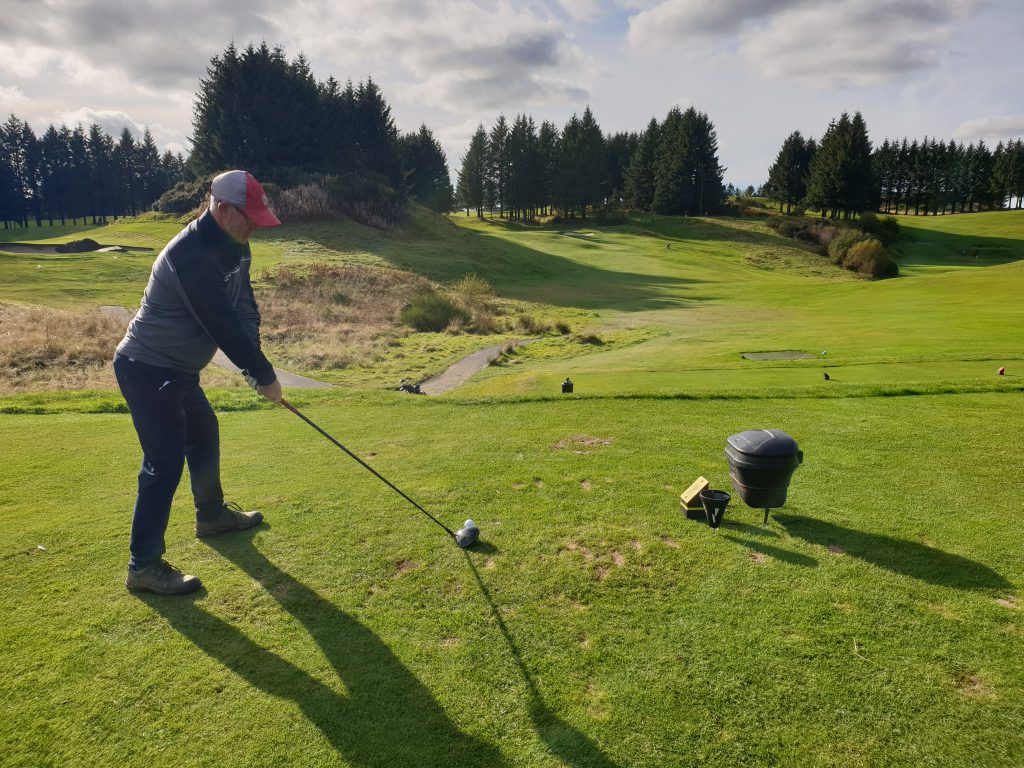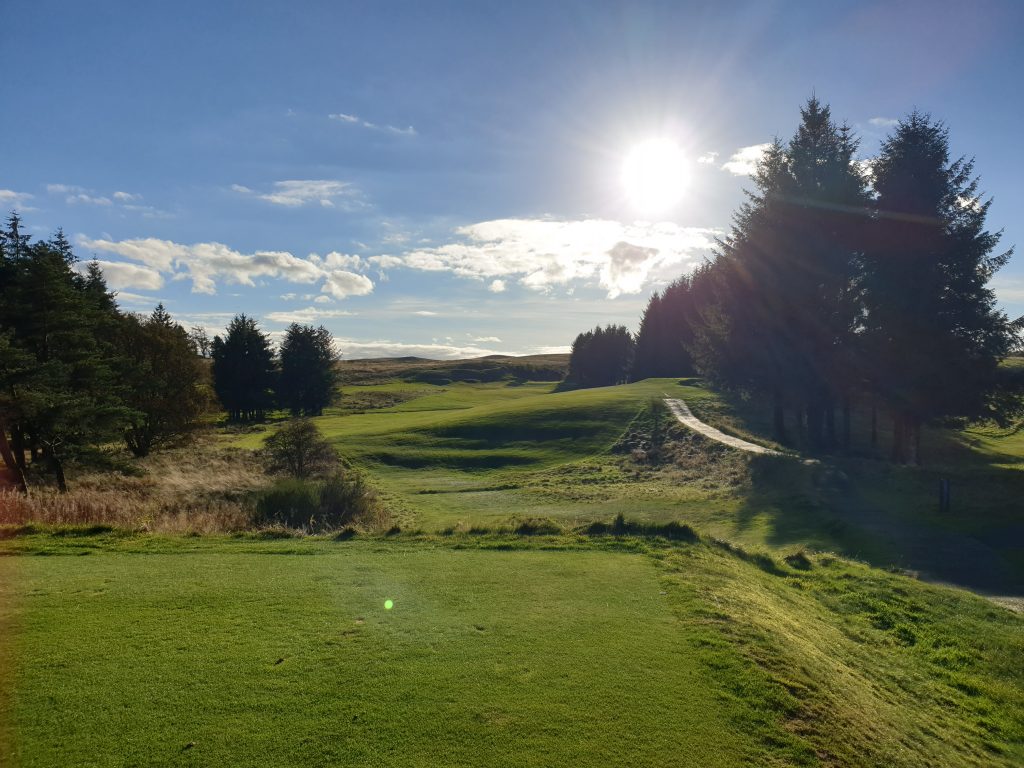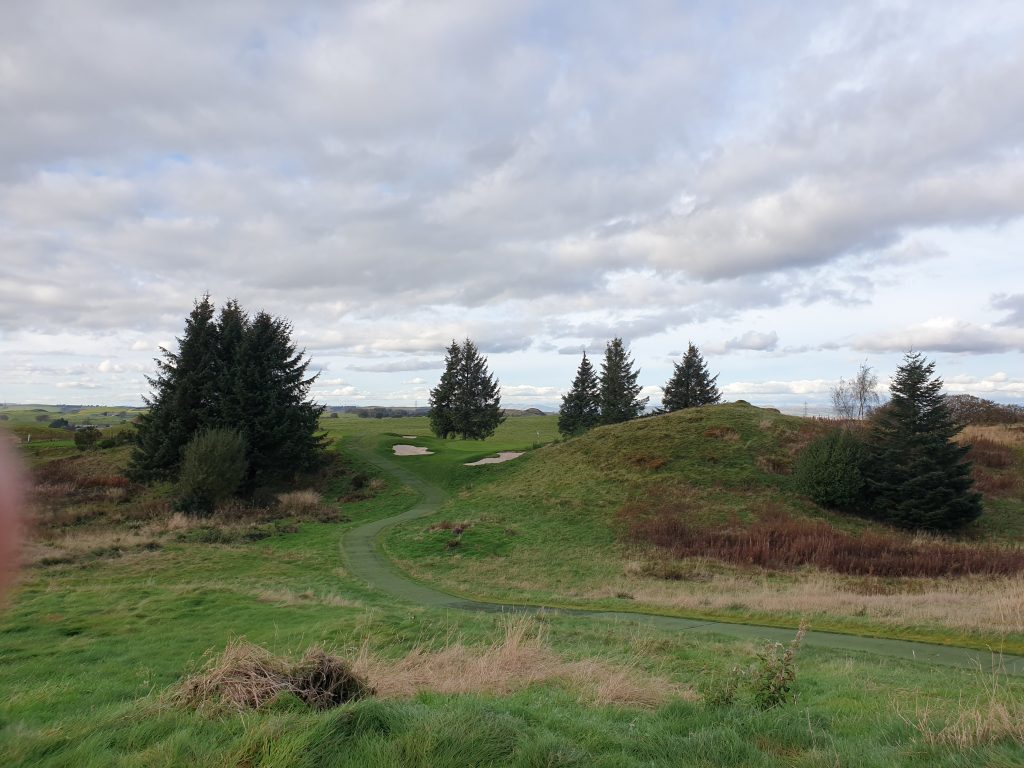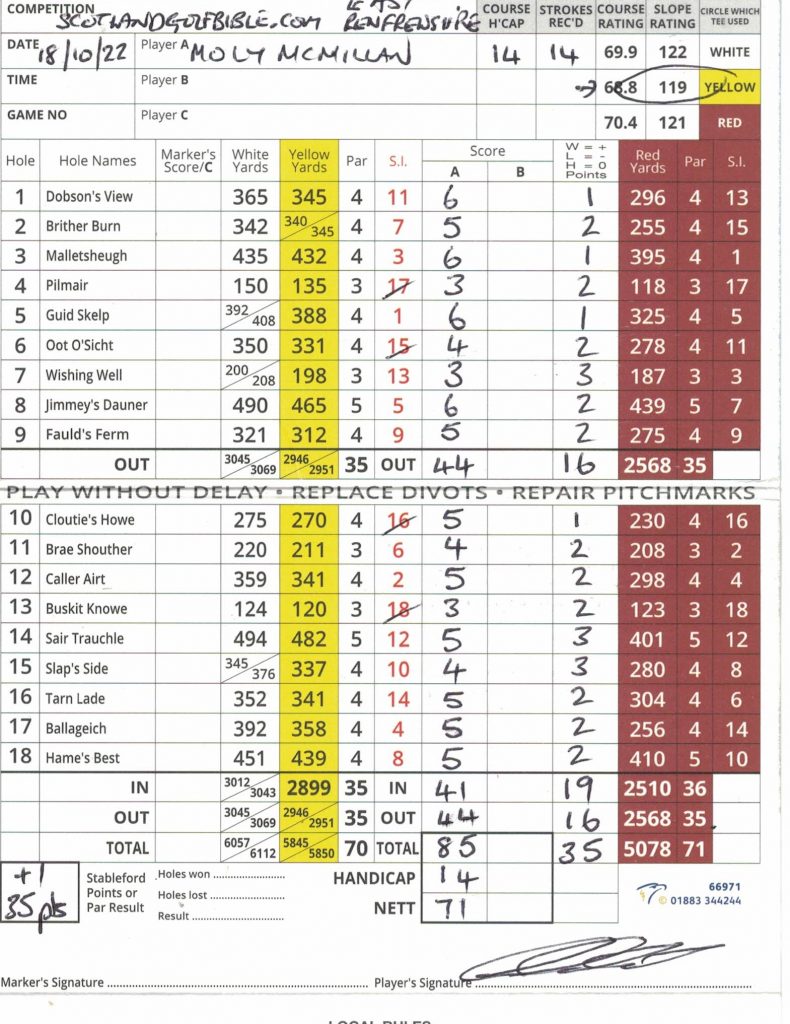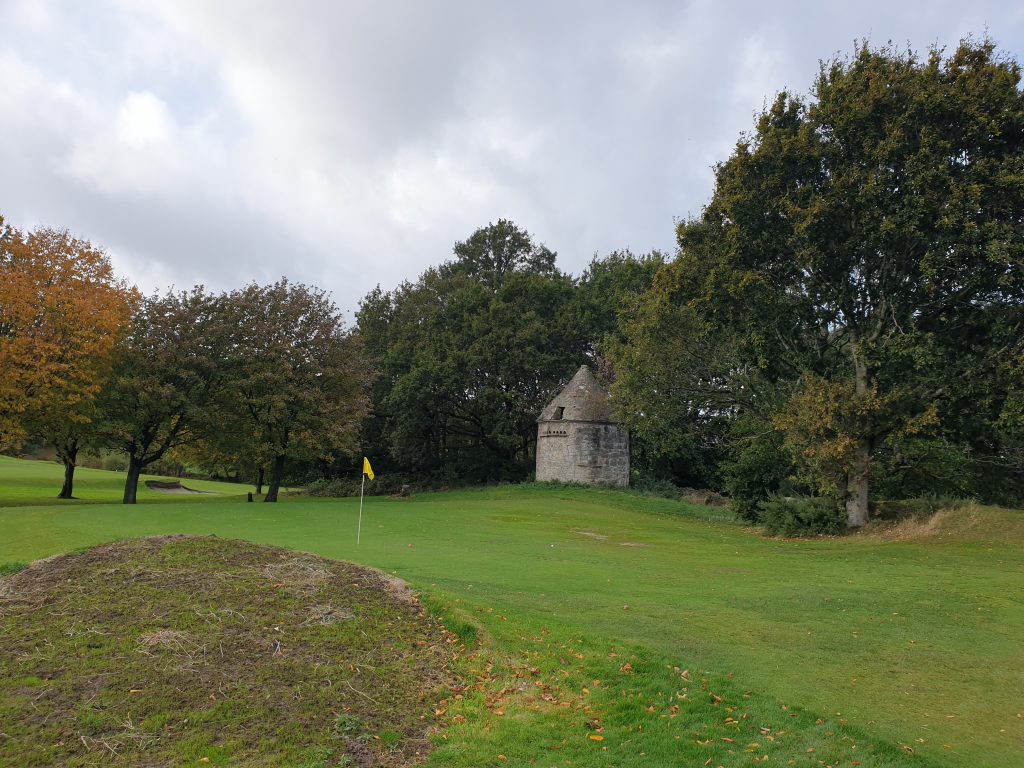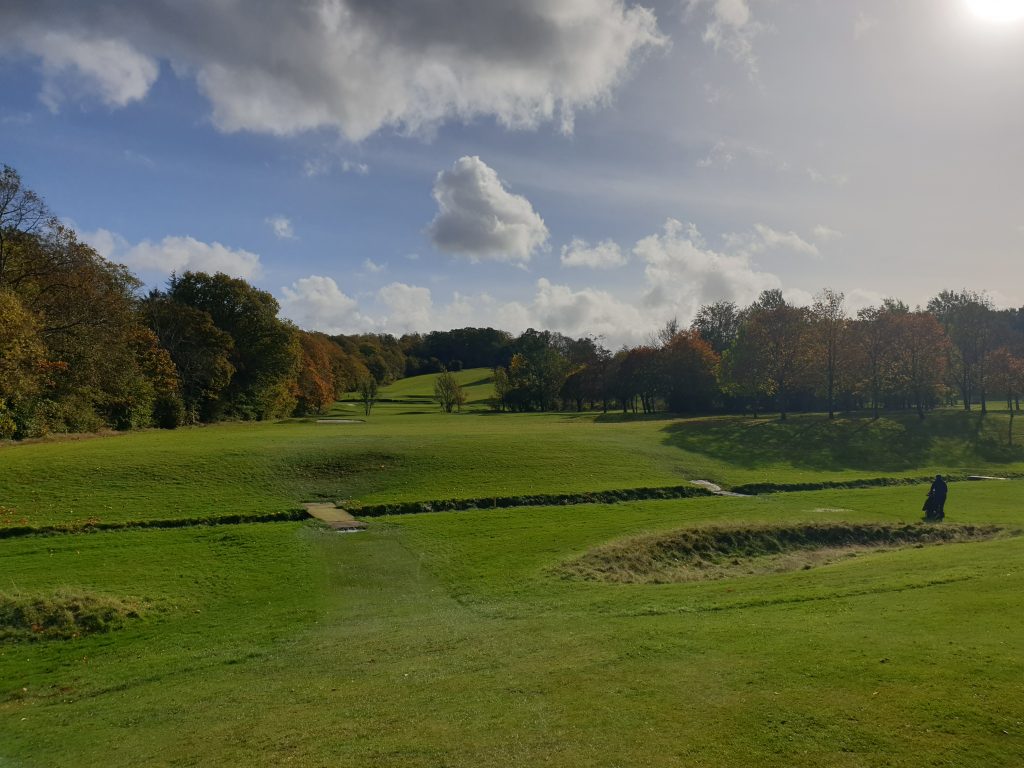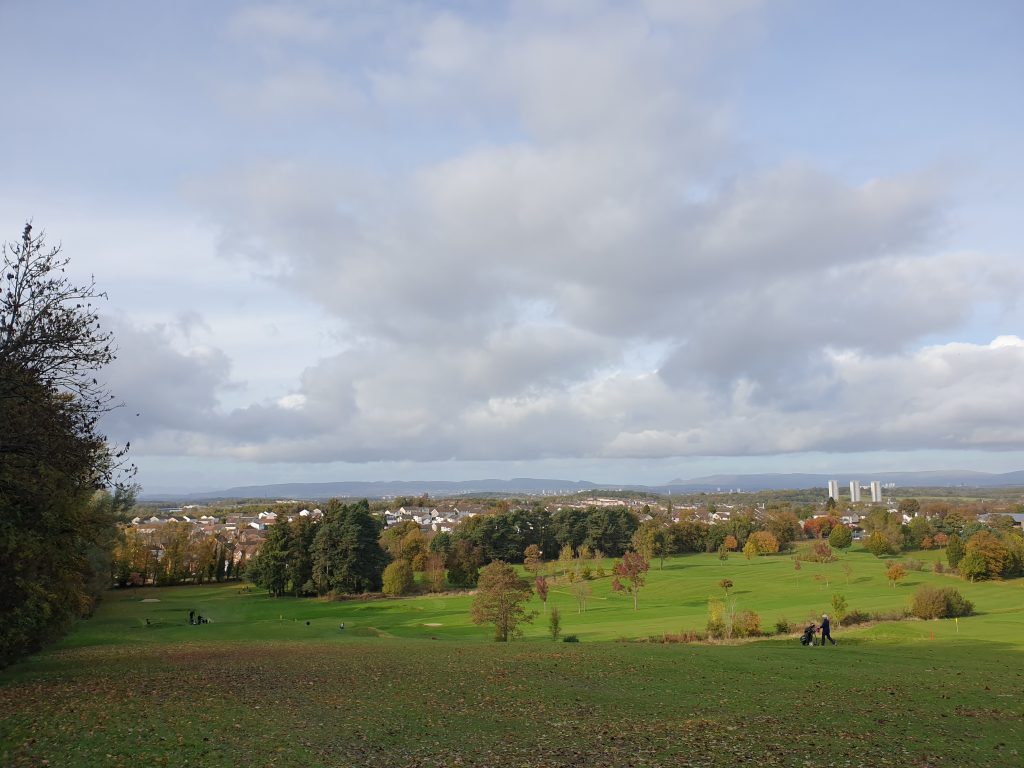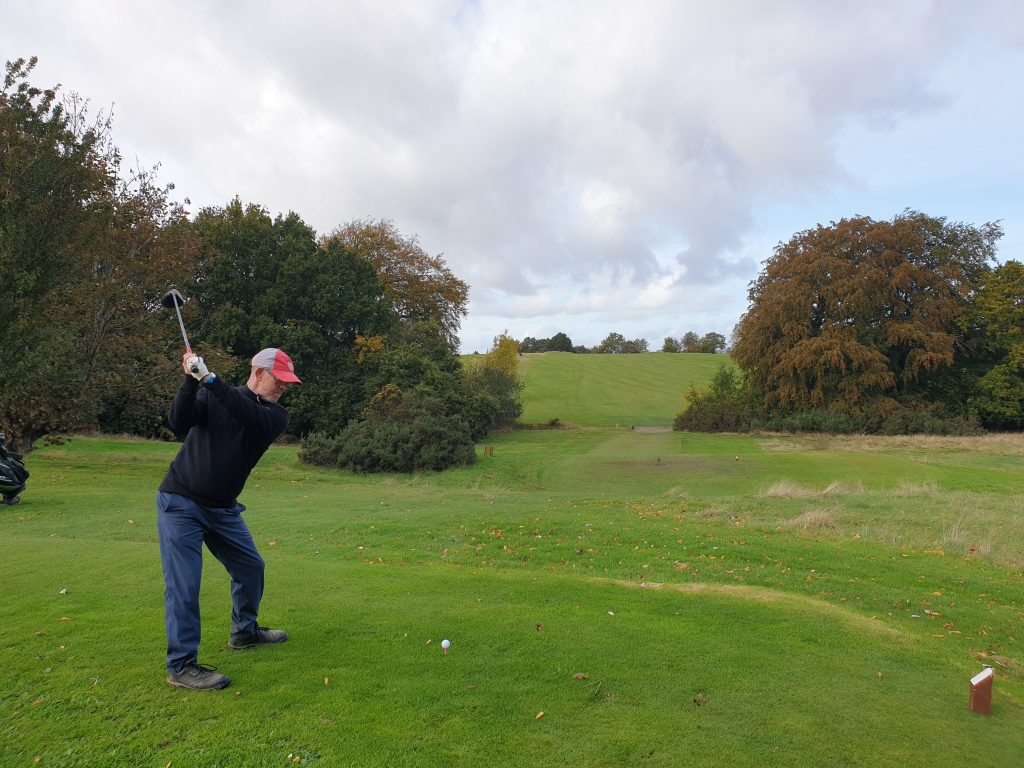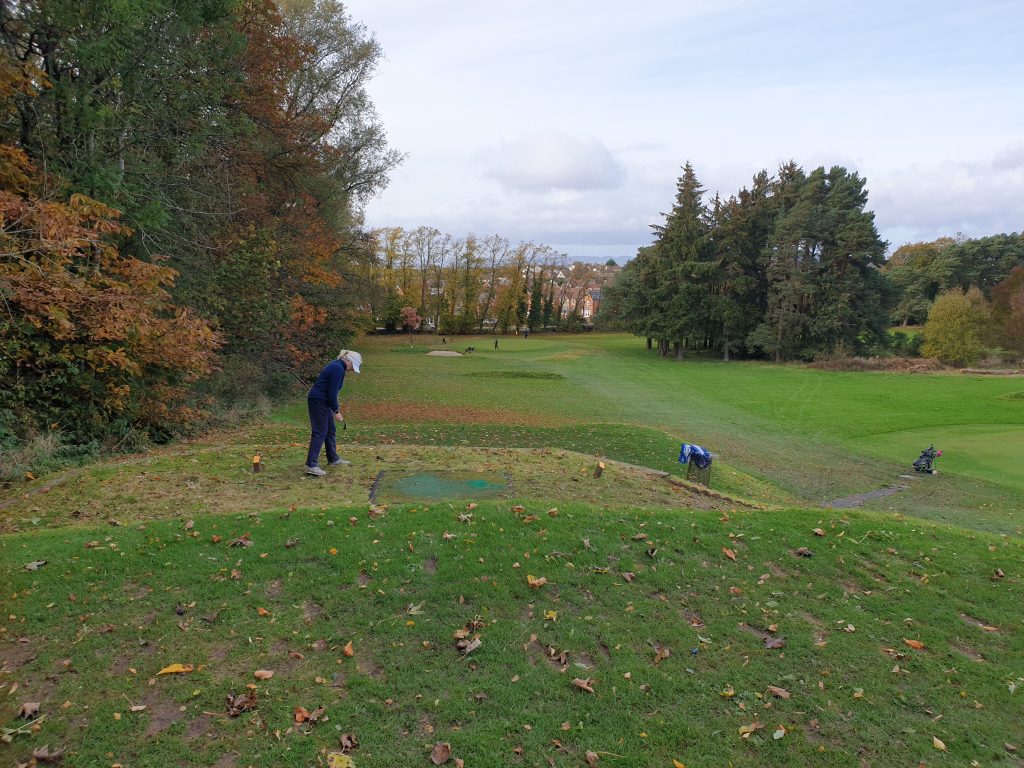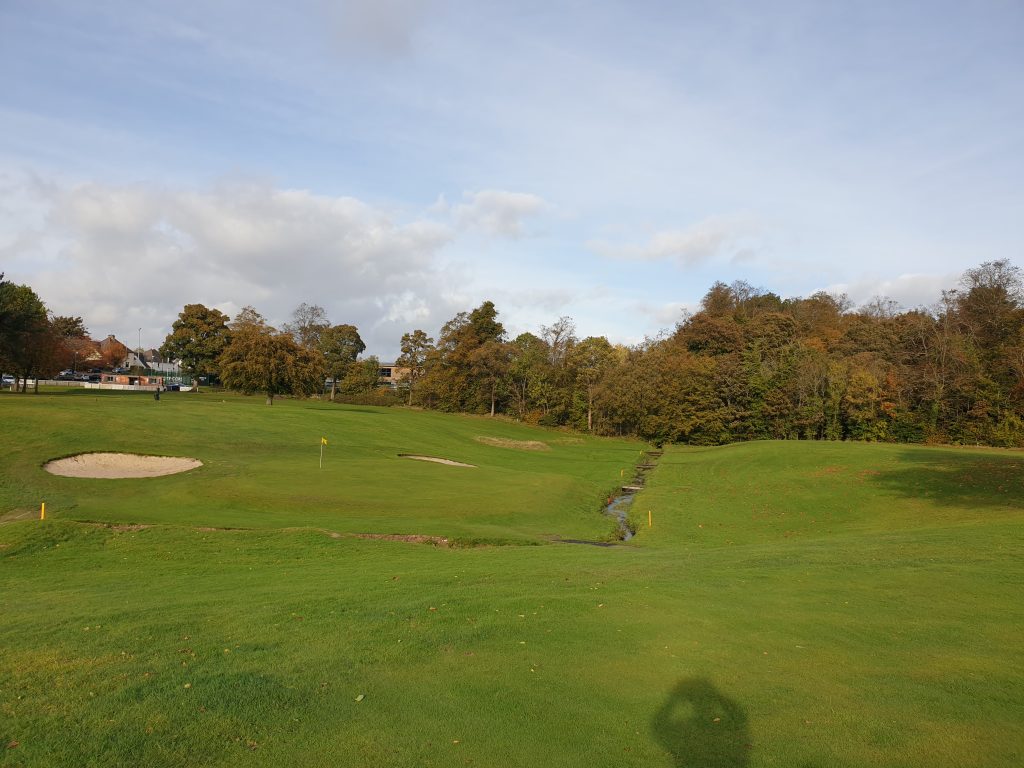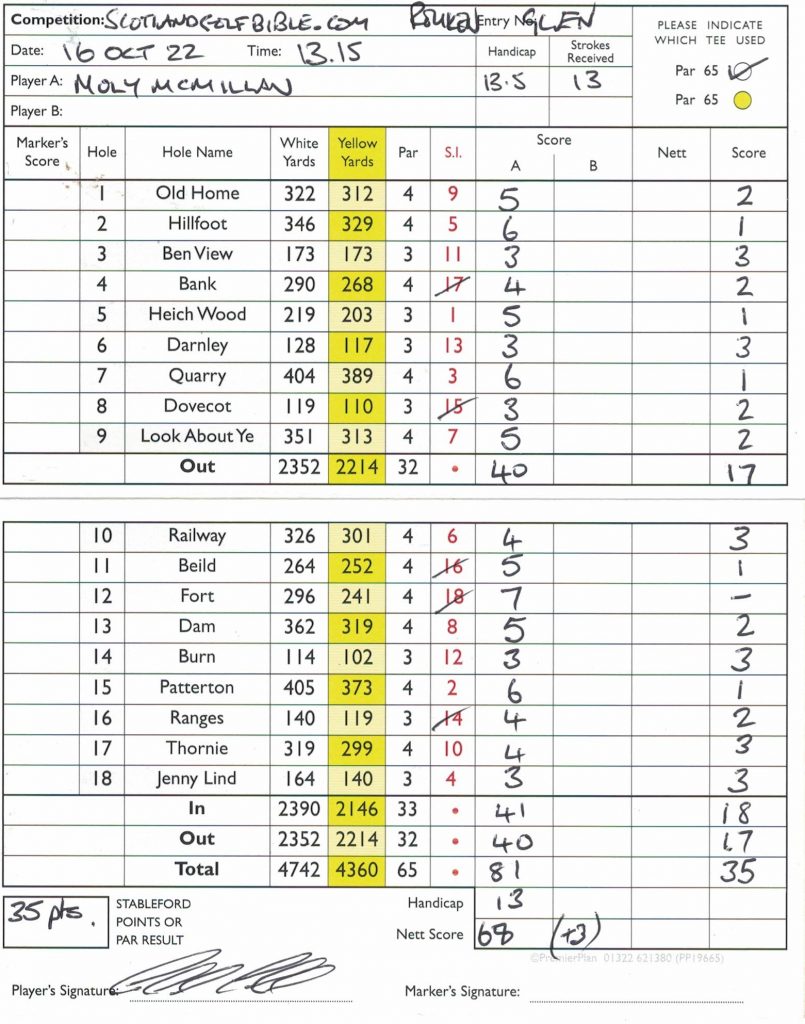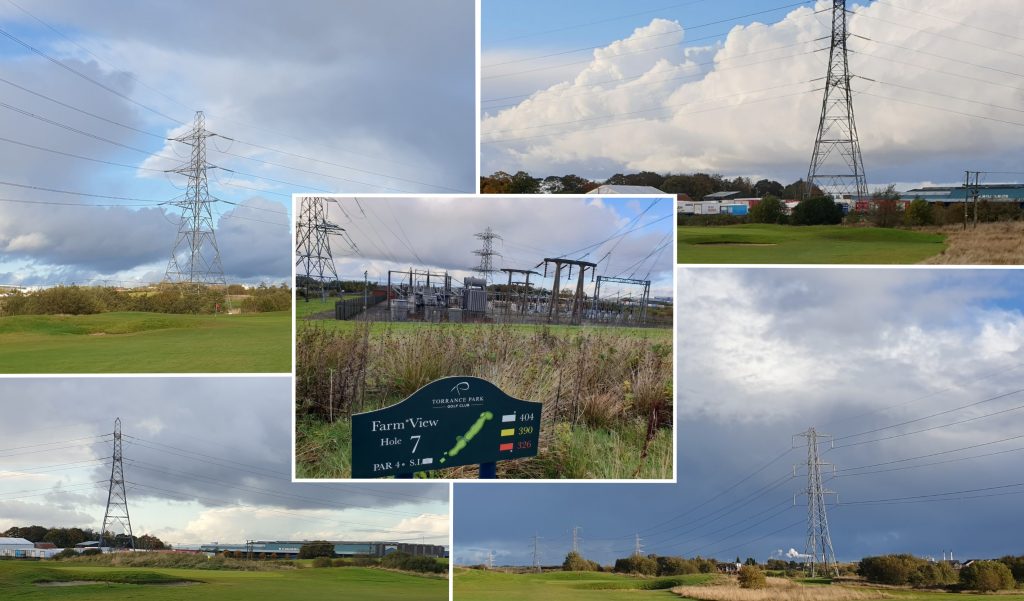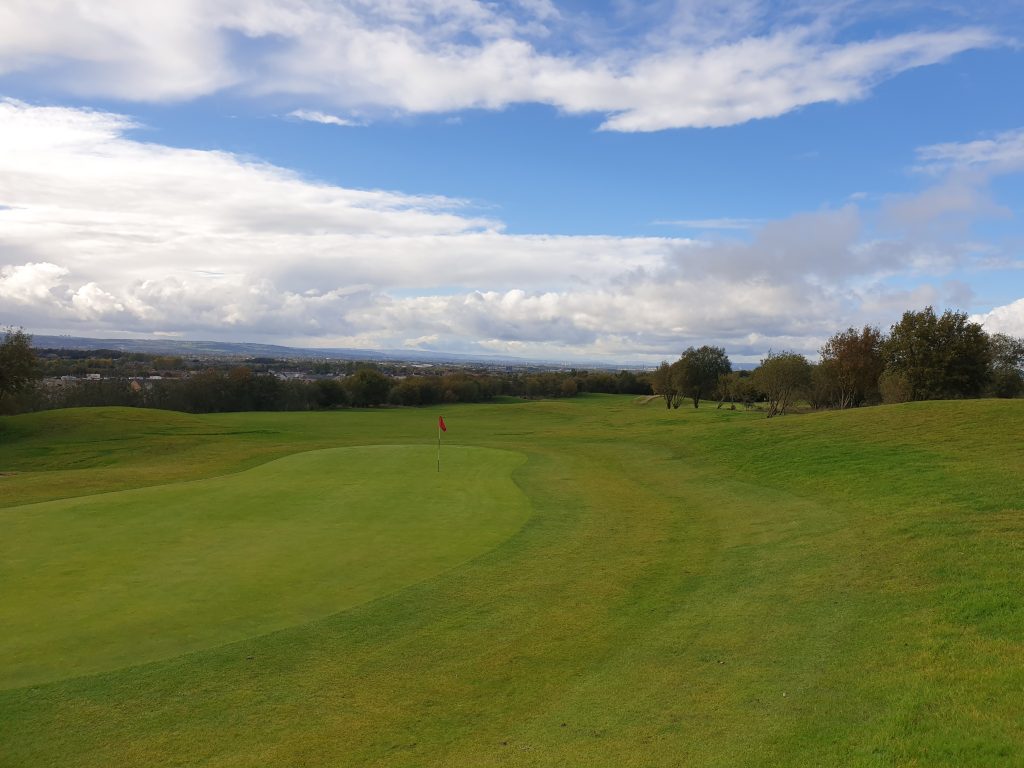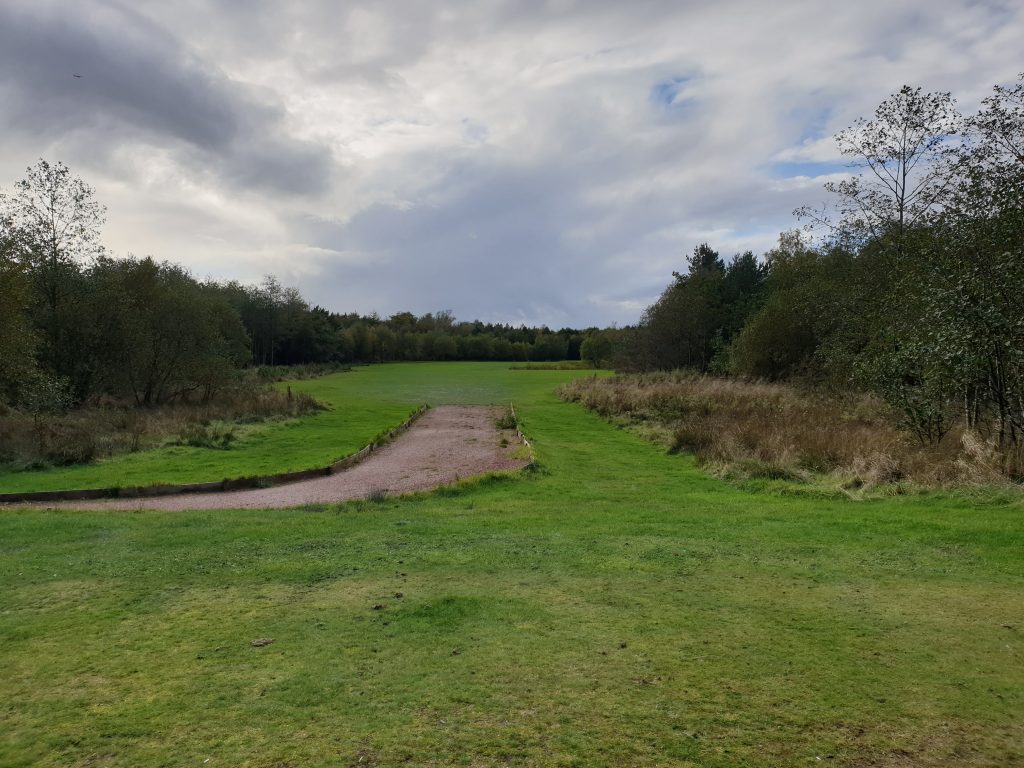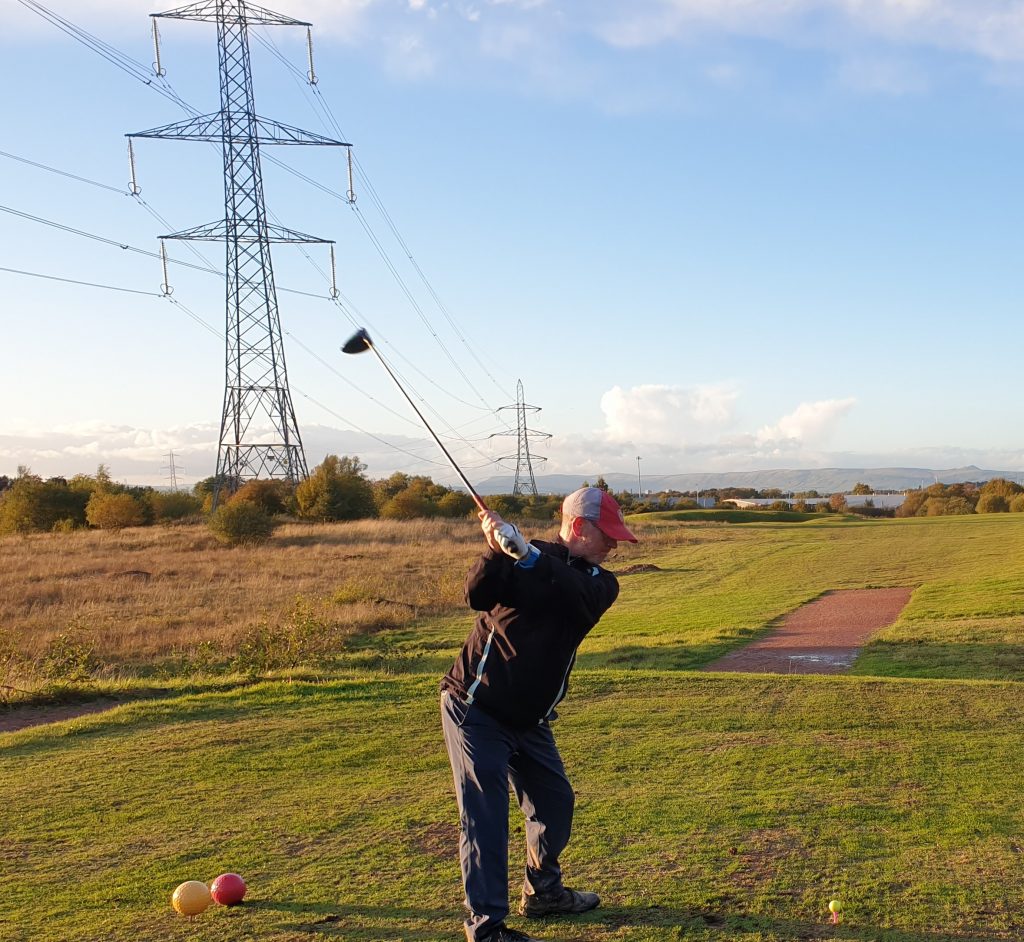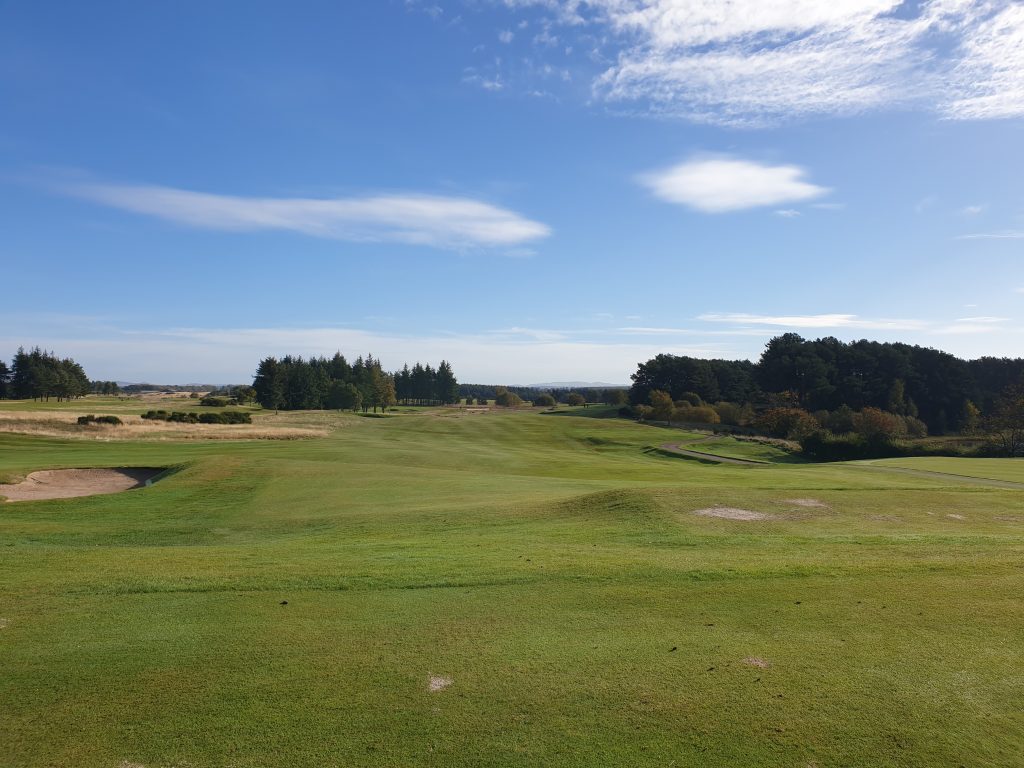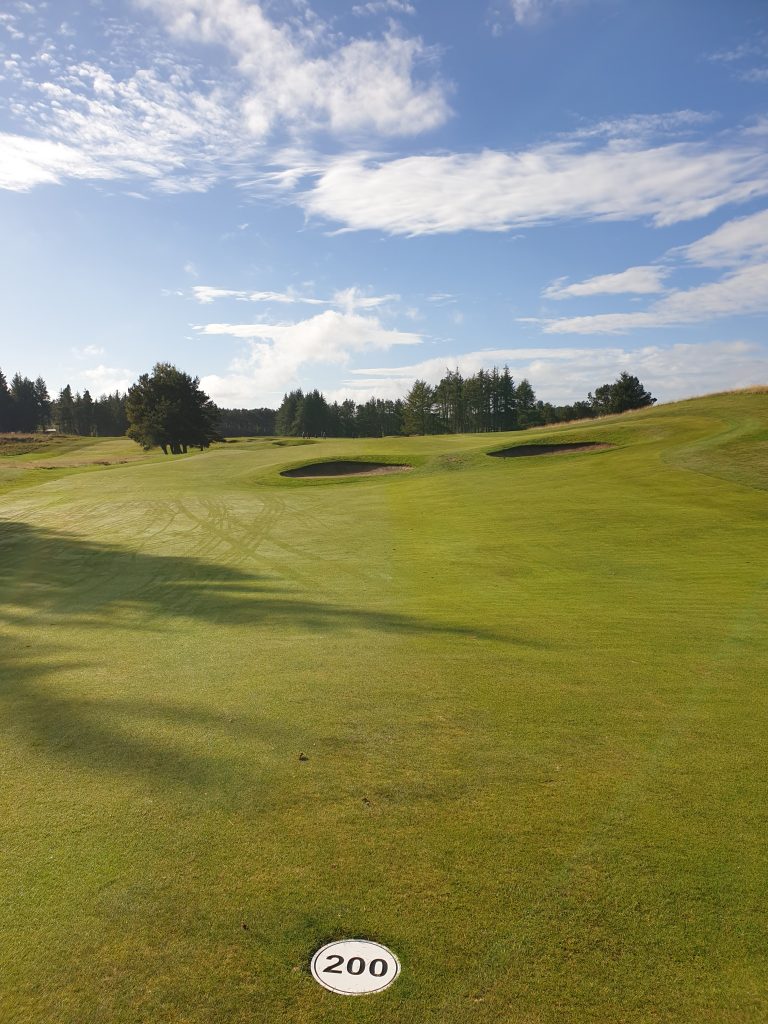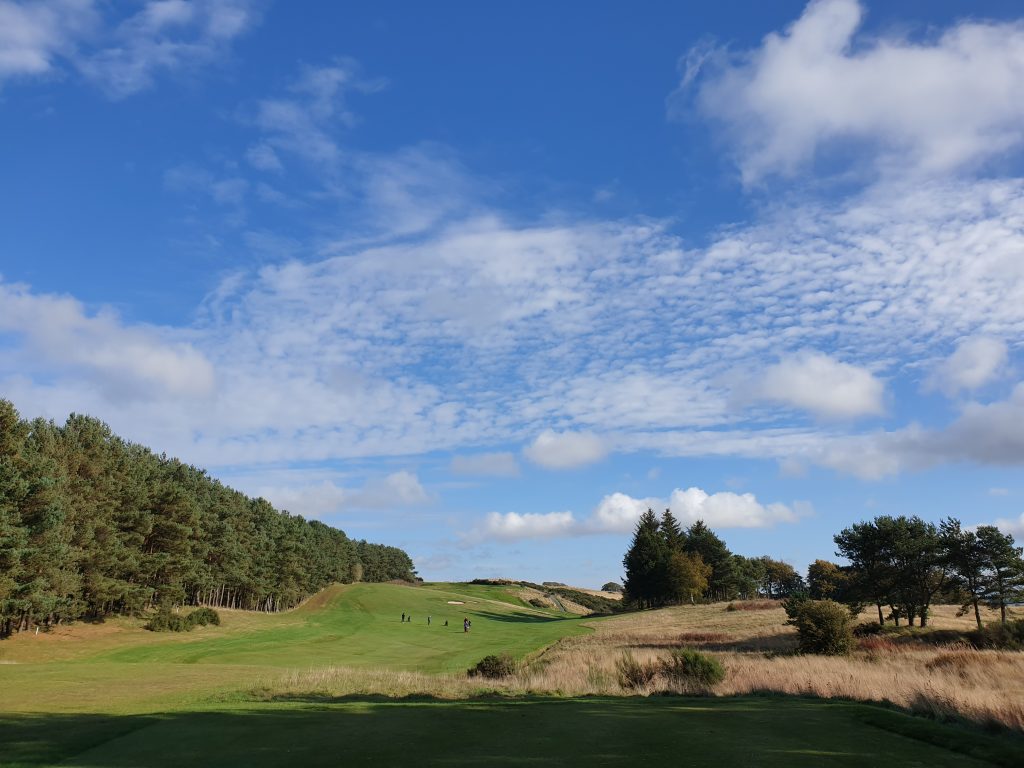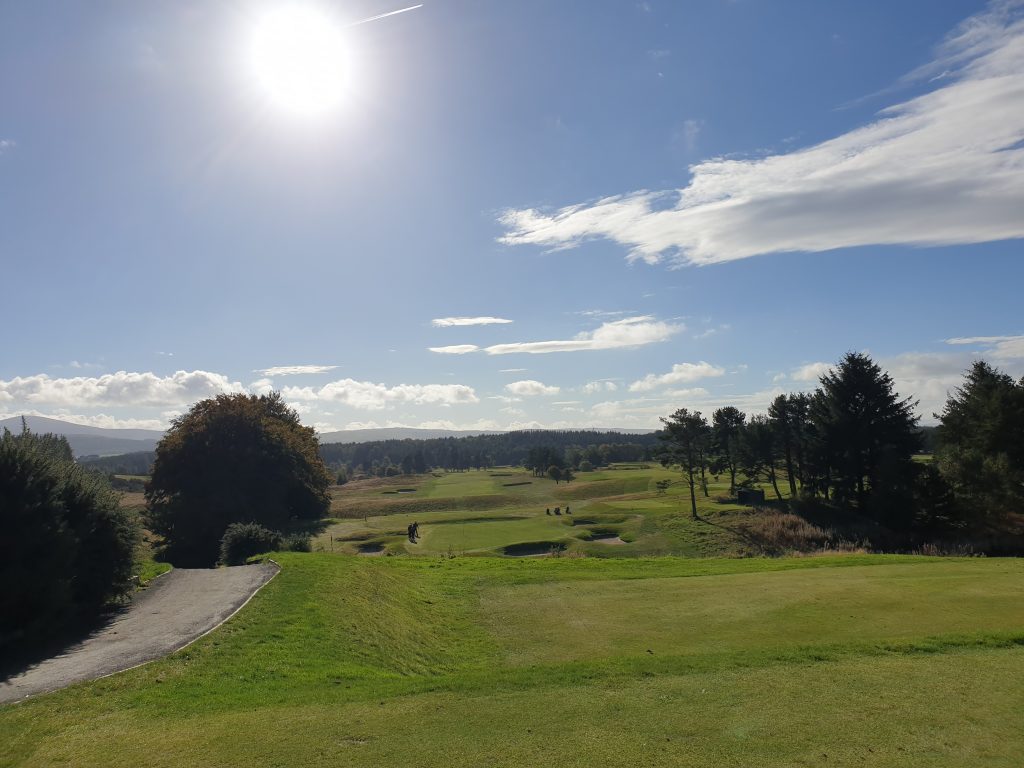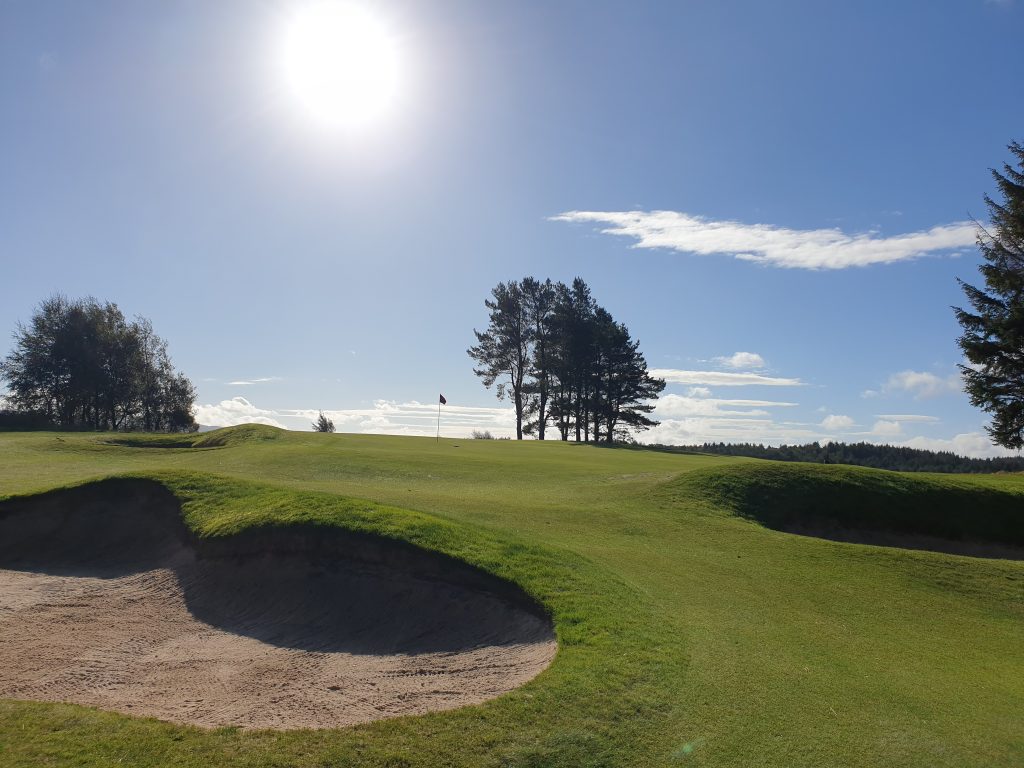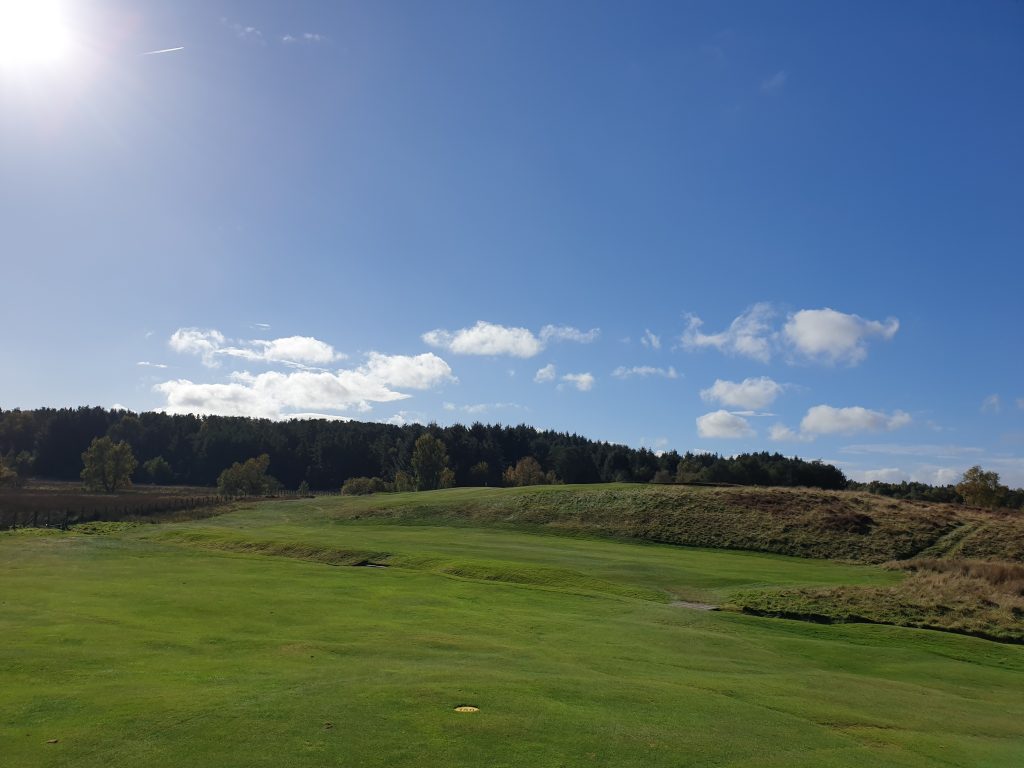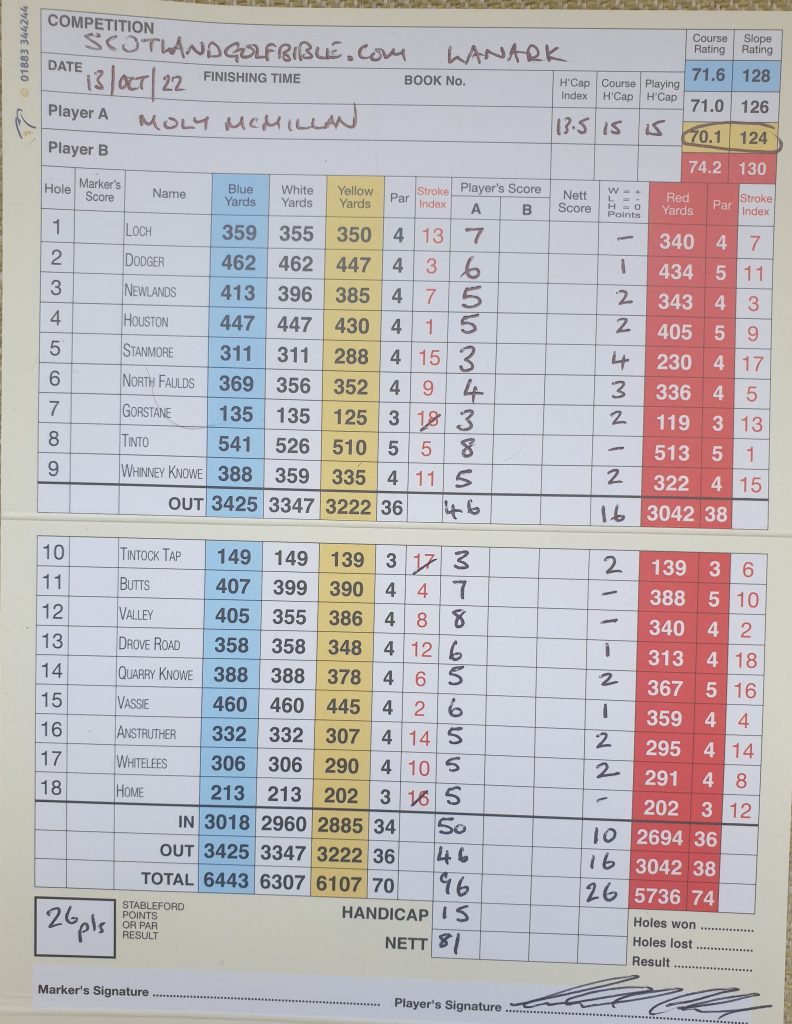Arboretum type vision creates framing ‘For the Ages’
Value for Money (out of 5) – 5
It takes vision to plant an arboretum as its creator is dead by the time planting has matured, something both sad and somewhat magical. This was how I felt playing one of James Braid’s canvasses – East ‘Ren’.
In 1922 when Braid designed this moorland layout there were almost no trees and this is a great example how courses evolve over the years.
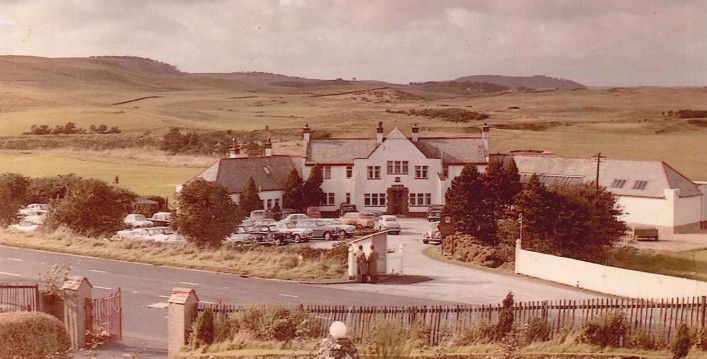
Looking at the original open heathland layout of the course in 1922, one wonders whether Braid imagined what the course would become? If he did, he really was visionary, because the course is now a beautiful mix of holes and incredibly framed by fir trees. I could have published pictures of every hole.
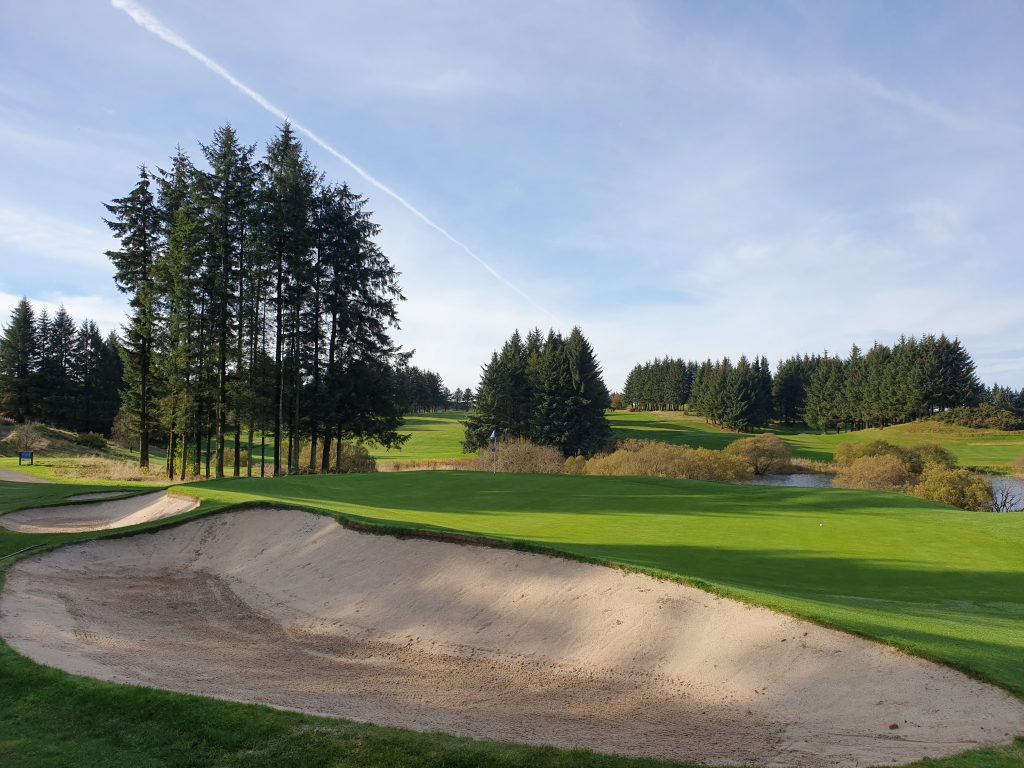
This very bonny golf course was in great condition when we played, despite the recent wet weather. It fully justifies its high placing in lists of Scotland’s finest courses.
With constantly changing directions and a great use of the sloping braes, Braid’s course is one that you’ll want to come back to again and again. It’s a tough walk in places, no more so than the severe uphill par three 11th, “Brae Shouther”, at over 200 yards.
There are also many slight dog leg holes, and the odd blind shot thrown in for good measure. The bunkering is strong, yet the fairways are overall pretty generous. The greens subtle, but not overly sloping.
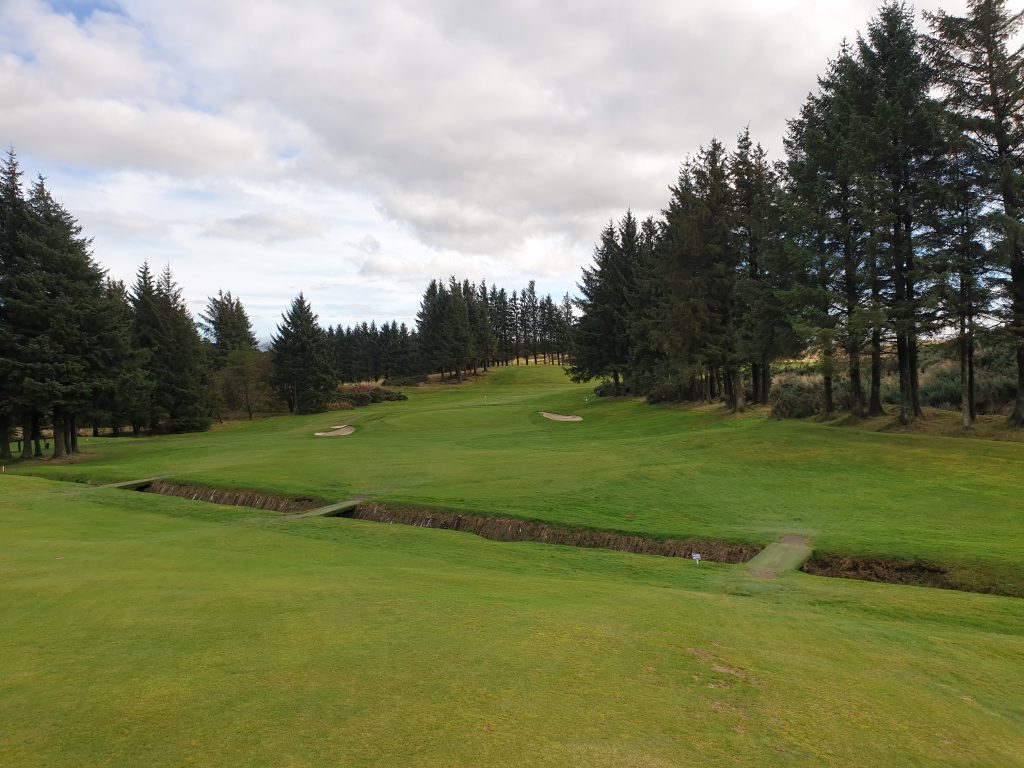
The use of craftily routed burns, feeding the adjacent reservoir, means strategy off the tee is a consideration. Overall, it’s an architectural gem, clearly benefitting from Braid’s growing experience by the early 1920s.
Almost every hole is materially different from its predecessor, many with outstanding view of the Renfrewshire countryside. This is a ‘must play’ course and in the top handful of Scottish moorland courses.
Go out of your way to play East ‘Ren’, which has shot towards the top of courses I would like to play regularly.
Facts:
Round List Price £75. Actual Paid £30 through Golfnow.
Course/Slope Rating (yellow) 68.8/119.
Course Type: Heathland
Par 70 (2 par 5s, 12 par 4s, 4 par 3s)
Distance (yellow): 5845 yards
